My Enquiry (0)
No artwork has been selected.
Please choose an artwork to enquire.
Enquiry Submitted
Thank you for your enquiry and interest in our artists’ work. A member of the gallery team will respond shortly.
000%
15 June - 17 August 2023
Zanele Muholi’s autobiographical solo portrays the agony and ecstasy of existing in a Black, queer, female body, and the powerful nature of Muholi’s traverse through the world as both an artist and visual activist.
Southern Guild is pleased to present visual activist Zanele Muholi’s eponymously titled exhibition occupying the entire Cape Town gallery. The exhibition features the artist’s largest presentation of new sculpture and introduces new photography in the Somnyama Ngonyama (Hail the Dark Lioness) series.
In addition to featuring several monumental bronze sculptures, ZANELE MUHOLI includes select pieces from Muholi’s oeuvre of renowned imagery, retrospectively tracing the evolution of the artists personal landscape in relation to their newer body of work.
Over the past few years, Muholi’s media focus has broadened to reclaim ownership of their story beyond their prize-winning photography. With self-portraiture as its predominant mode, ZANELE MUHOLI presents a personal reckoning with themes including sexual pleasure and freedom, inherited taboos around female genitalia and biological processes, gender-based violence and the resultant trauma, pain and loss, sexual rights and biomedical education.
Muholi calls for new rites of self-expression, sexuality, mothering and healing that usher in kinder modes of survival in our contemporary world. The exhibition is in part a response to South Africa’s ongoing femicide, the stigmatisation of LGBTQI+ communities and the proliferation of gender-based violence, especially the ‘curative’ or ‘corrective’ rape of Black lesbians. Muholi’s own struggle with uterine fibroids and reckoning with their Catholic upbringing also deeply inform the exhibition’s emotive symbology.
A recurrent theme in the artist’s work, the gaze, is interrogated in a lightbox installation of photographs from an early series, Being (T)here, Amsterdam, displayed in the public-facing windows of the gallery. These images document an intervention that Muholi undertook in Amsterdam’s Red Light District during their Thami Mnyele Foundation Residency in 2009 and depict the artist as a sex worker wearing umutsha (an isiZulu beaded waistbelt) and a black satin corset, posing in a window. The photographs capture spectators as they approach the red glow that frames a young, feminised Muholi. Although their poses are powerful and alluring, there is a point at which they break away from the voyeur’s gaze and slump back into a seat in their cubicle – not out of leisure, but exhaustion from this performed exoticism.
“All that is seen as ‘performance’ in the art world is something that we ourselves grew up with,” Muholi has stated. Somnyama Ngonyama, the ongoing self-portraiture series the artist began in 2012, refuses the exoticising gaze. Whether using toothpaste mixed with Vaseline as lipstick or an assembly line of clothing pegs to form a headpiece, Somnyama Ngonyama utilises elements of performance with the immediacy of both political protest and African informal trade and craft markets.
The guerrilla nature with which these images are composed reveals the urgency to document the self: “Portraiture is my daily prayer,” Muholi says. Their hairstyles, costumes and sets are entirely self-realised, photographed with only natural light. Nomadic and impromptu, these shoots often take place alone. This ‘African ingenuity’ so adored by the West without understanding, is rooted in necessity. Muholi’s need is their manifesto for visibility: “This is no longer about me; it is about every female body that ever existed in my family. That never imagined that these dreams were possible.”
Muholi’s three-dimensional expansion into bronze honours this familial origin, along with commemorating Black women and LGBTQI+ individuals’ contributions to art, politics, medical sciences, and culture. One sculpture depicts Muholi as a mythical being emerging from a body of water carrying avessel embellished with breasts upon their head. Another depicts a large-scale uterus, which the artist describes as a “self-portrait of being”.
Muholi invites the viewer to reconsider the womb as a symbol of honour, protection, growth and non-prescriptive femininity: “The uterus is my signature, it is my DNA, where I come from,” referring to a tattoo of the uterus on their upper arm, imprinted in 2008. To raise the uterus as a deified form is to give honour where shame, violence, and misinformation has plagued the organ for centuries.”
Speaking about the exhibition, curatorial advisor Beathur Mgoza Baker notes that it “interrogates social, political and biomedical practices and conditioning that has placed women, girls, and non-binary female bodies in conflict with their physical bodies. Central to their exploration is re-focussing women and audiences generally around the importance of their reproductive and sexual rights and autonomy.”
Umkhuseli depicts Muholi sheathed in robes, their hands clasped in prayer, a restaged Virgin Mary. The work connects to the sorrows of Mary as mother and protector, who endured suffering by way of earthly sins. The work confronts the failure of law, religion, and politics to adequately address gender injustice, directly referencing the artist’s Roman Catholic upbringing. In prayer, Muholi calls for communal healing, remembrance and the resurrection of empathic conscience and consciousness.
Confronting Muholi’s Black Madonna is Ncinda, a monumental bronze sculpture depicting the clitoris’ full anatomy – the glans, body, crura, bulbs and root. Unlike the penis, which is sprawled on public property from a young boy’s adolescence, the clitoris has been sanctioned as a taboo subject despite being understood by women and female bodies as the center of sensuality and sexual climax for centuries.
This transcension from pain into pleasure and from taboo to deity is Muholi’s creative mode of survival – a revolutionary act explored in a large-scale bronze depicting the artist as a monk-like figure. Wearing a trailing vestment and seated with their legs splayed and head tilted backwards in ecstasy, this monastic figure performs the act of self-pleasure.
This euphoric release is further reflected in Muholi’s whimsical Amanzi (Water) photographic series, which documents the artist submerging in a tidal pool. What begins in contemplative stillness, ends in energetic dynamism as the waves combust around the dancing figure.
The freedom implicit in the Amanzi series is joltingly at odds with another large-scale bronze sculpture that depicts a monstrous engulfment of the artist’s body, or rather their biologically determined “box” – a term the artist uses to refer to the space encompassing their breasts and vagina. In this queer avatar, Muholi’s figure appears trapped by malignant tubing that forms a strange, amorphous mass around them – a reference both to the artist’s struggle with fibroids and gender dysphoria. The piece is a poignant reminder of the somatic unease, anxiety and depression which results from incongruence with one’s body.
ZANELE MUHOLI portrays the agony and ecstasy of existing in a Black, queer female body, and the powerful nature of Muholi’s traverse through the world as both an artist and visual activist.
Artists
Works
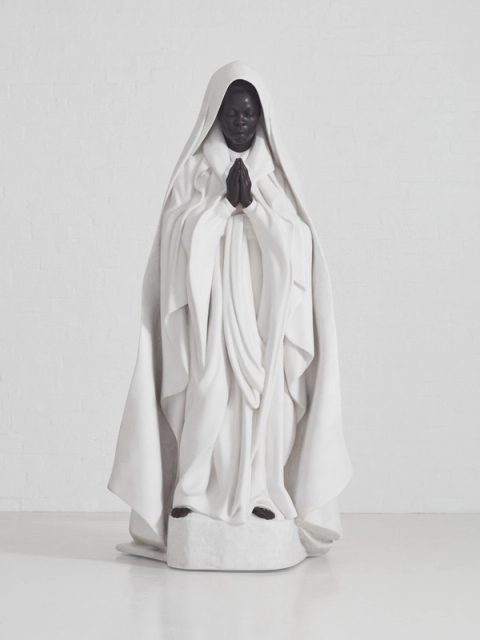
Zanele Muholi
Umkhuseli (The Protector), 2023Resin, marble dust, bronze
86.6 x 46.5 x 43.8 in. | 220 x 118 x 111 cm
Edition of 3, 2AP
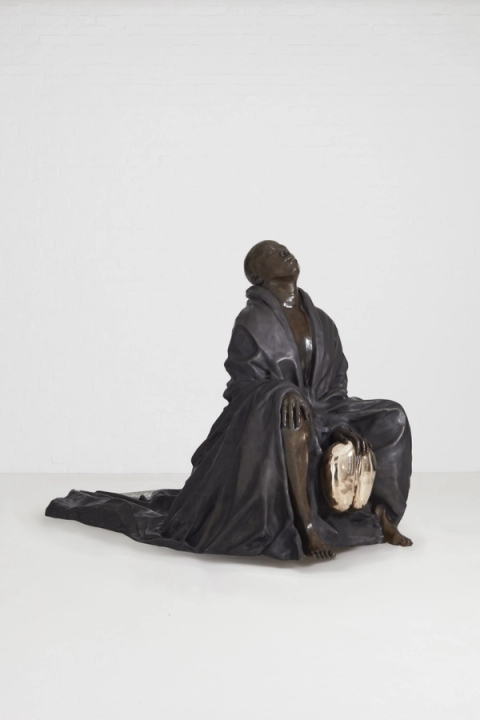
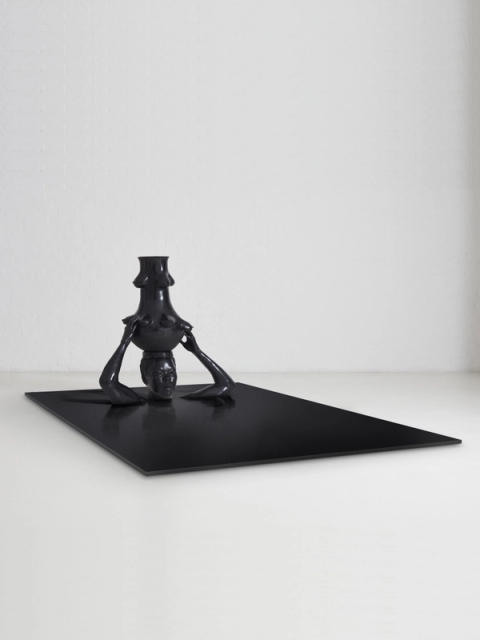
Zanele Muholi
Mmotshola Metsi (The Water Bearer), 2023Bronze
57.9 x 70.9 x 120.1 in. | 147 x 180 x 305 cm
Edition of 3, 2AP

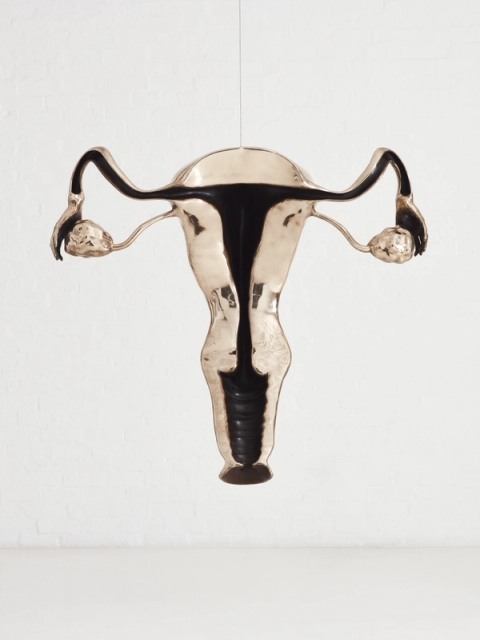
Zanele Muholi
Umphathi (The One Who Carries), 2023Bronze
53.1 x 61 x 24.4 in. | 135 x 155 x 62 cm
Edition of 3, 2AP
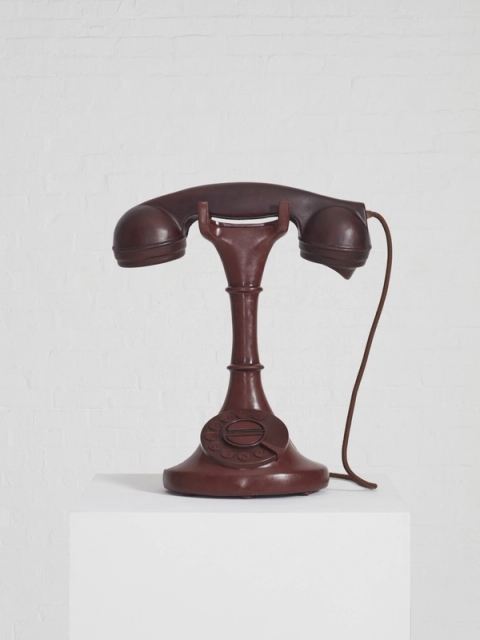
Zanele Muholi
Umemezi (State of Emergency), 2023Bronze, resin, leather, nylon cord
28.4 x 14.1 x 11.8 in. | 72 x 36 x 30 cm
Edition of 3, 2AP
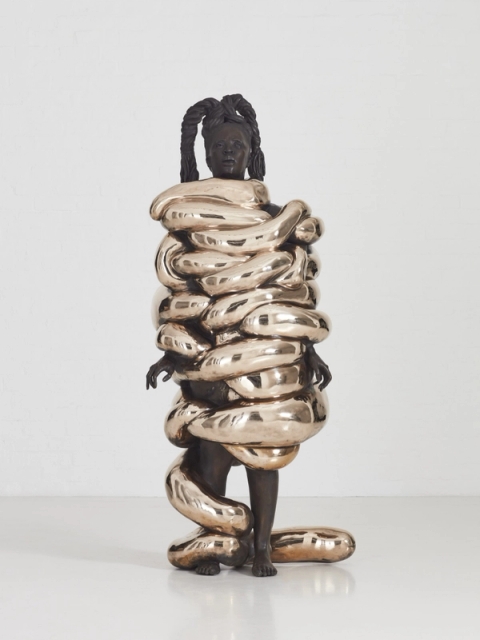
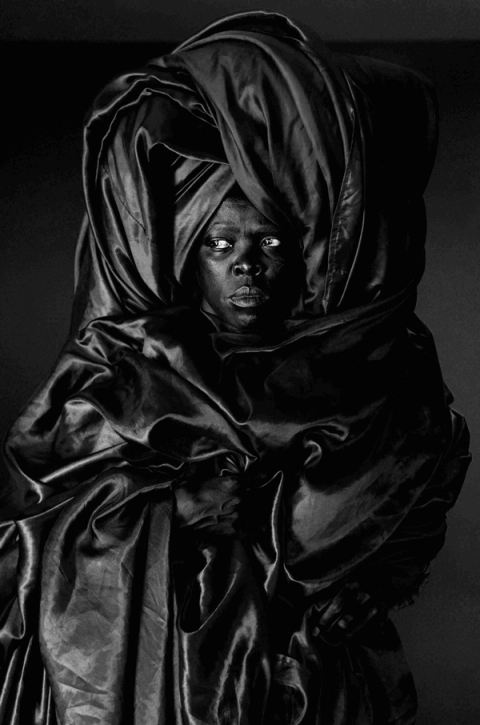
Zanele Muholi
Baveziwe I, Umhlanga, Durban, 2021Baryta print
Image and paper size: 31.5 x 20.9 in. | 80 x 53 cm
Edition of 8, 2AP
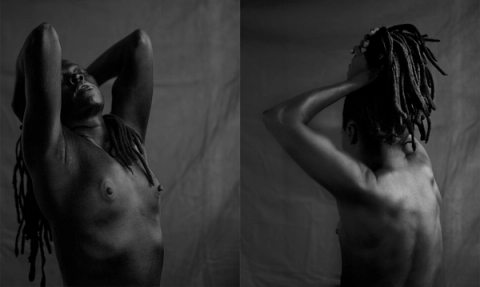
Zanele Muholi
Somandla, Parktown, Diptych, 2014Baryta print
Image and paper size: 19.7 x 13.1 in. | 50 x 33.3 cm (each)
Edition of 8, 2AP
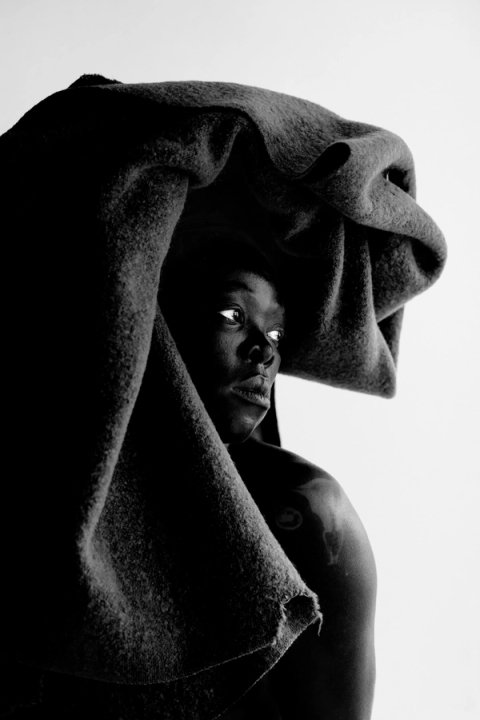
Zanele Muholi
Bonganini I, 3067 Washington St Home, San Francisco, 2022Baryta print
36.3 x 24.4 in. | 92 x 62 cm
Edition of 8, 2AP
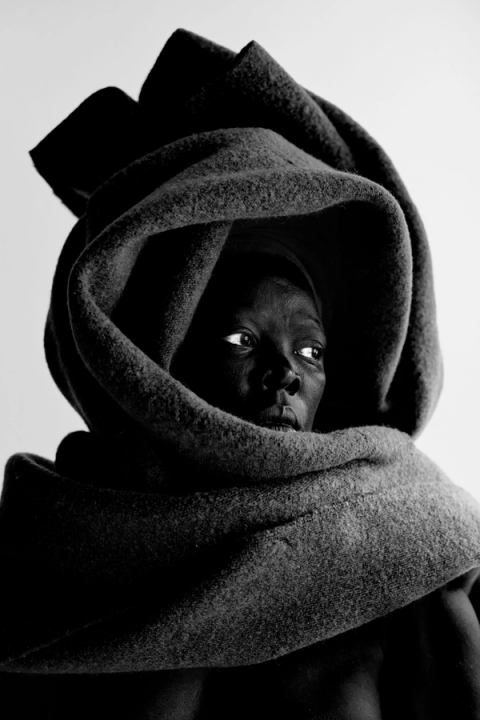
Zanele Muholi
Bonganini III, 3067 Washington St Home, San Francisco, 2022Baryta print
Image and paper size: 35.4 x 23.6 in. | 90 x 60 cm
Edition of 8, 2AP
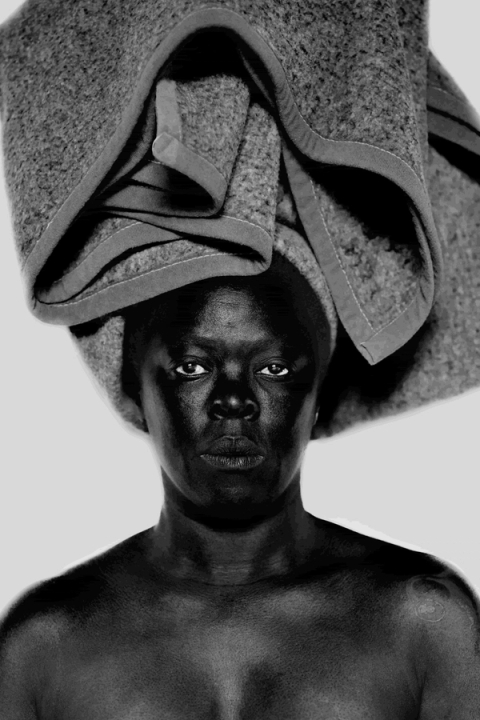
Zanele Muholi
Vayile I, Room 120 Art Hotel Navigli, Milan, Italy, 2023Baryta print
Image and paper size: 35.4 x 23.6 in. | 90 x 60 cm
Edition of 8, 2AP
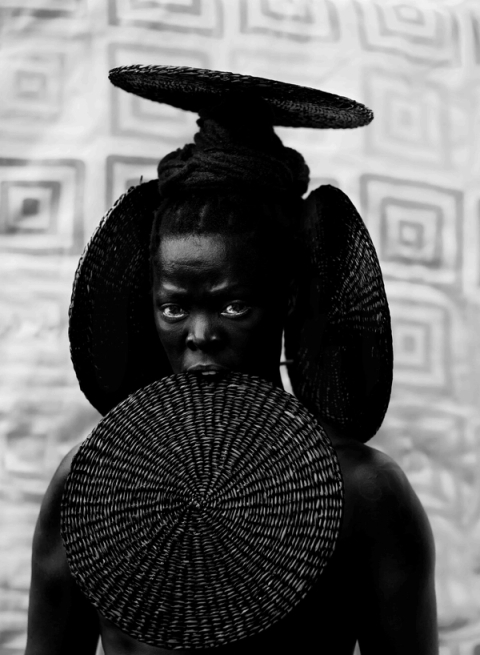
Zanele Muholi
Vika II, small, The Decks, Cape Town, 2019Baryta print
Image and paper size: 23.6 x 17.3 in. | 60 x 44 cm
Edition of 8
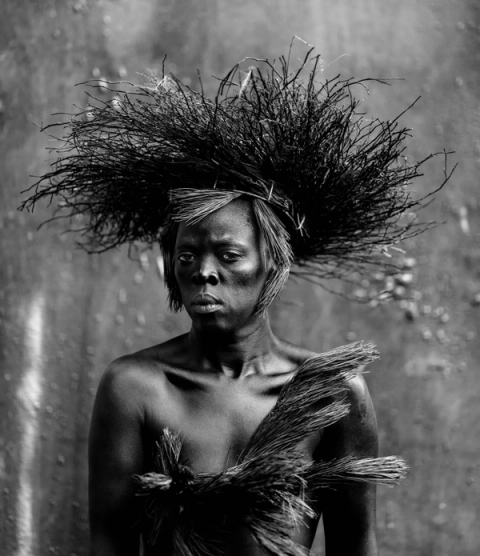
Zanele Muholi
Isiqhaza II, Philadelphia, 2018Baryta print
Image and paper size: 31.5 x 27.2 in. | 80 x 69 cm
Edition of 8, 2AP
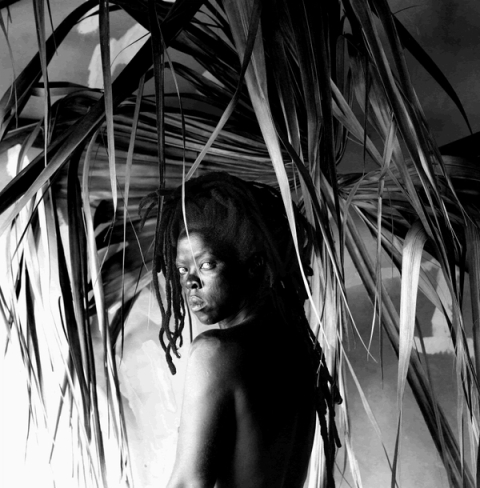
Zanele Muholi
Vukile, Adams Mission, Durban South, 2021Baryta print
Image and paper size: 23.2 x 23.6 in. | 59 x 60 cm
Edition of 8, 2AP
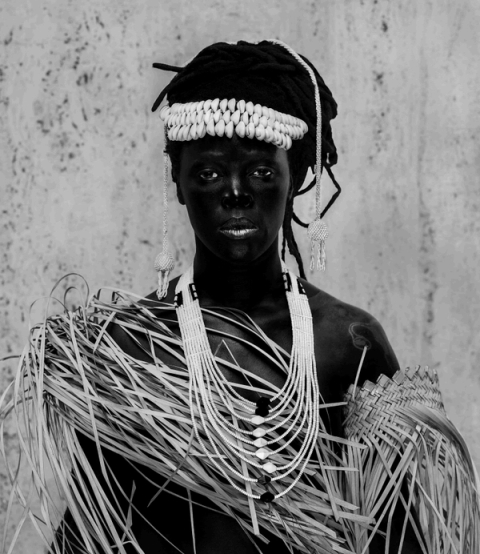
Zanele Muholi
Ziphi II, Emhlabeni, 2019Baryta print
Image and paper size: 23.6 x 20.5 in. | 60 x 52 cm
Edition of 8, 2AP

Zanele Muholi
Mihla III, Port Edward, 2020Baryta print
Image and paper size: 27.5 × 27.5 in. | 70 × 70 cm
Edition of 8, 2AP
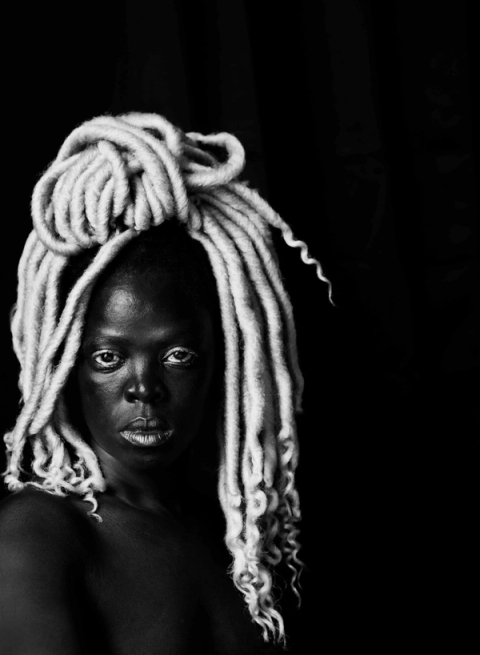
Zanele Muholi
Siyikhokonke, Sheraton Hotel, Brooklyn, 2019Baryta print
Image and paper size: 23.6 x 17.3 in. | 60 x 44 cm
Edition 8 of 8, 2AP
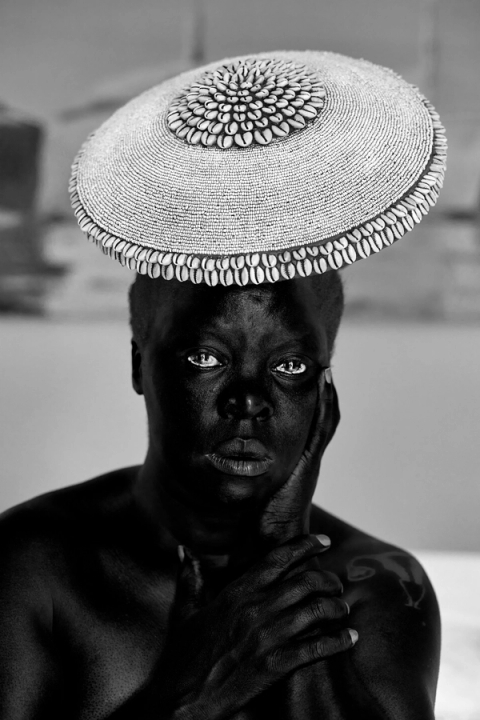
Zanele Muholi
Bambatha I, Oceanview Strandloper, Paternoster, 2023Baryta print
Image and paper size: 41.3 x 27.6 in. | 105 x 70 cm
Edition of 8, 2AP

Zanele Muholi
Ziphi IV, Cape Town, 2020Baryta print
Image and paper size: 36.2 x 24.4 in. | 90 x 60 cm
Edition of 8, 2AP
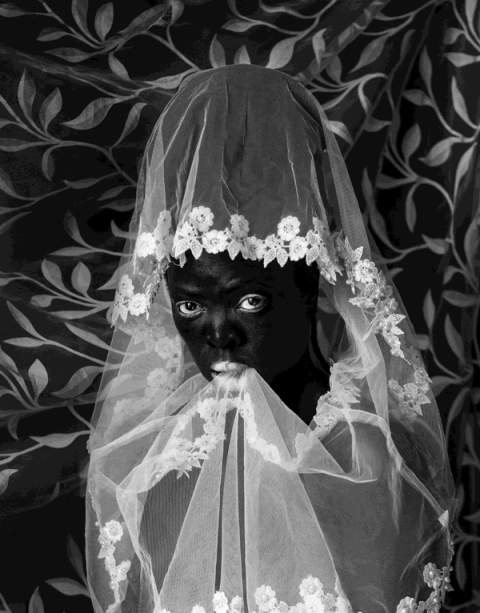
Zanele Muholi
Thatha konke I, Sheraton Hotel, Brooklyn, 2019Baryta print
Image and paper size: 27.2 x 21.3 in. | 69 x 54 cm
Edition of 8
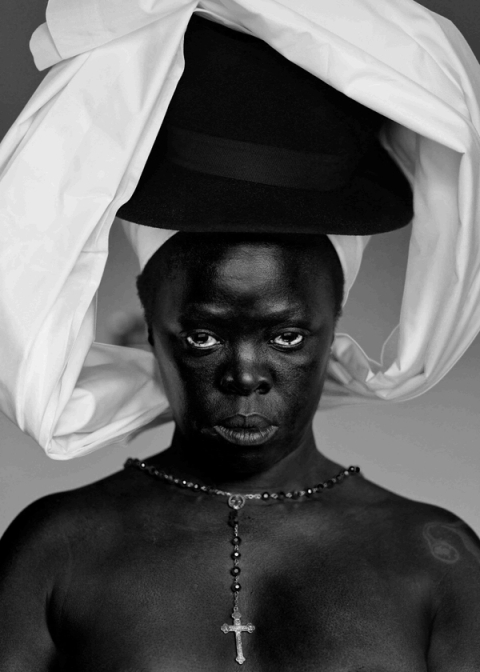
Zanele Muholi
Khayalami II, Room 120 Art Hotel Navigli, Milan, Italy, 2023Baryta print
Image and paper size: 27.5 x 19.6 in. | 70 x 50 cm
Edition of 8, 2AP
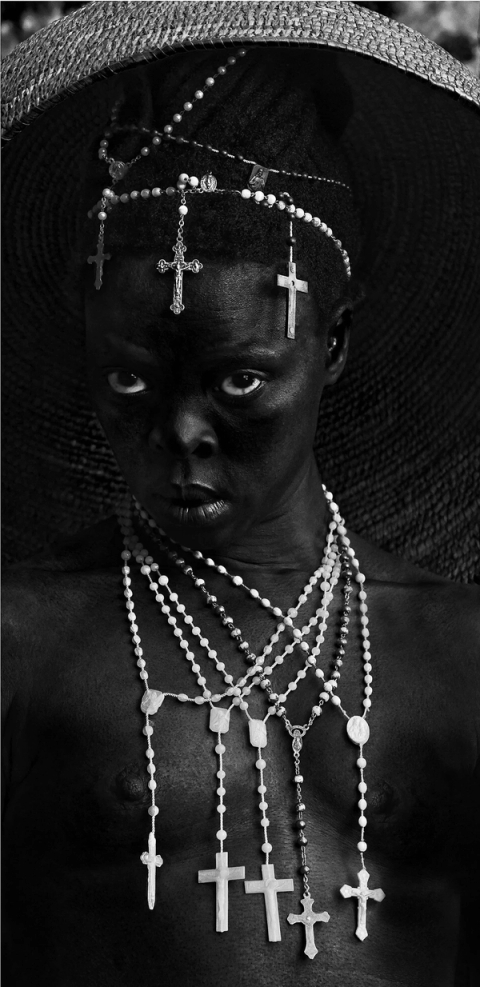
Zanele Muholi
Nomthandazo (The One Who Prays), Orani, Sardinia, Italy, 2015Baryta print
Image and paper size: 19.69 x 9.45 in. | 50 x 24 cm
Edition of 8, 2AP
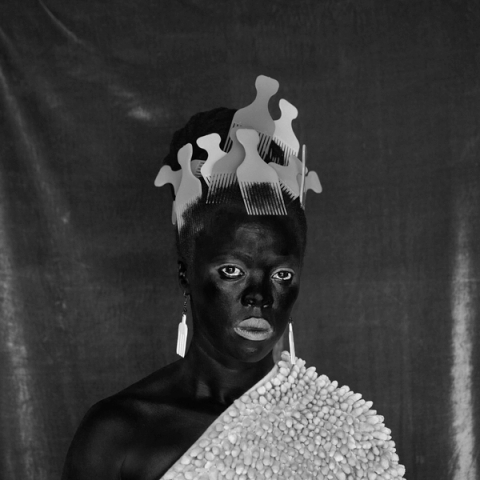
Zanele Muholi
Qiniso V, The Sails, Durban, 2019Baryta print
Image and paper size: 3.6 x 23.6 in. | 60 x 60 cm
Edition of 8, 2AP
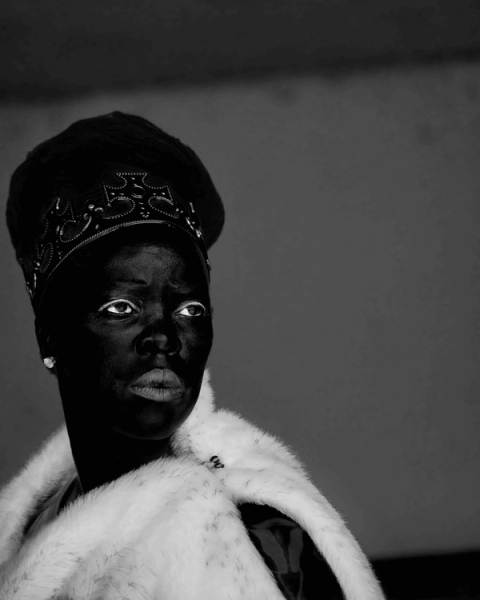
Zanele Muholi
Hawu III, Adams Mission, KwaZulu-Natal, 2020Baryta print
Image and paper size: 31.5 x 25.2 in. | 80 x 64 cm
Edition of 8, 2AP
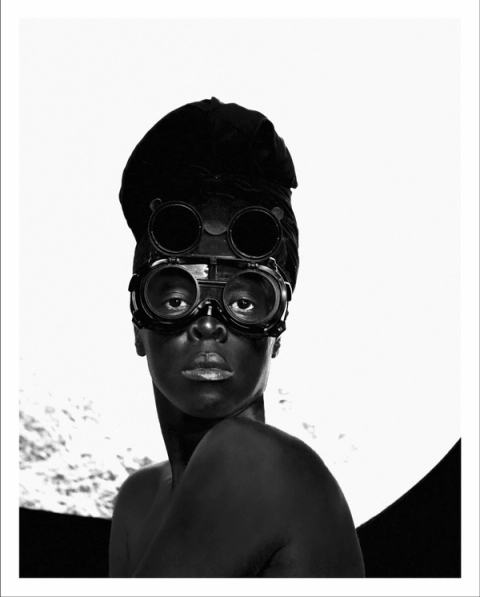
Zanele Muholi
Bonile III, The Decks, Cape Town, 2020Baryta print
Image and paper size: 23.5 x 18.6 in. | 60 x 47.4 cm
Edition of 8, 2AP
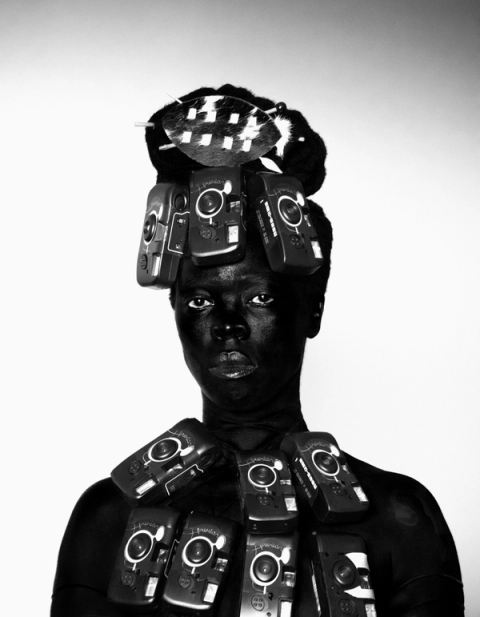
Zanele Muholi
Thathu II, The Sails, Durban, 2019Baryta print
Image and paper size: 35.4 x 27.6 in. | 90 x 70 cm
Edition of 8, 2AP

Zanele Muholi
Gqamile, Durban, 2019Baryta print
Image and paper size: 27.6 x 22 in. | 70 x 56 cm
Edition of 8, 2AP
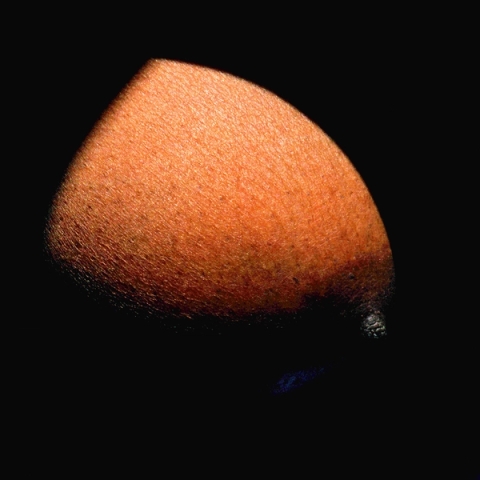
Zanele Muholi
Damsel's Planet, 2005Baryta print
Image and paper size: 19.7 x 19.7 in. | 50 x 50 cm
Edition of 8, 2AP
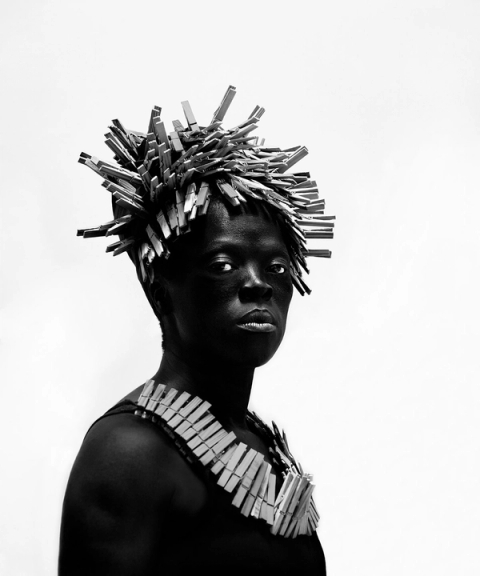
Zanele Muholi
Bester II, New York, 2019Baryta print
Image and paper size: 19.6 x 23.6 in. | 50 x 60 cm
Edition of 8, 2AP

Zanele Muholi
Sine IV, Melbourne, Australia, 2020Baryta print
Image and paper size: 31.5 x 21 in. | 80 x 53.3 cm
Edition of 8, 2AP
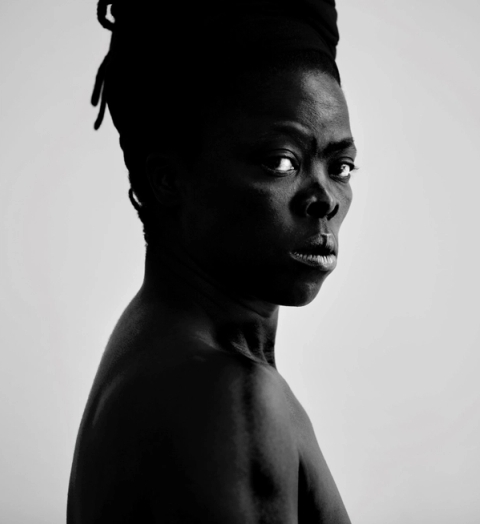
Zanele Muholi
Qhawe, Umbumbulu, KwaZulu-Natal, 2020Baryta print | Wallpaper
Variable - please enquire
Edition of 8, 2AP
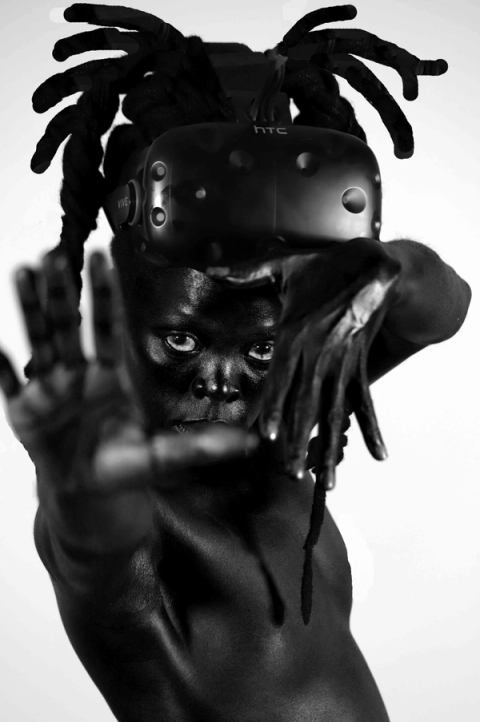
Zanele Muholi
Vezonakho I, TMWR Gallery, Rosebank, 2019Baryta print
Image and paper size: 29.9 x 19.9 in. | 76 x 50.5 cm
Edition of 8, 2AP
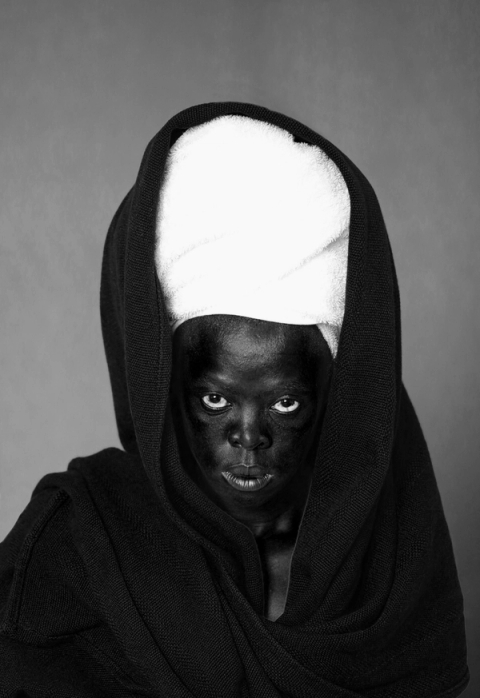
Zanele Muholi
Lahliwe V, Cape Sun, Cape Town, 2019Baryta print
Image and paper size: 23.6 x 21.6 in. | 60 x 55 cm
Edition of 8, 2AP
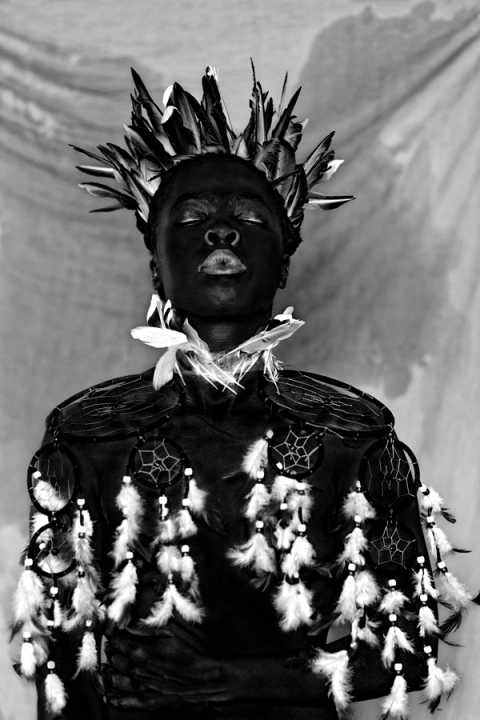
Zanele Muholi
Bukhosi II, Parktown, 2016Baryta print
Image size: 23.6 x 15.8 in. | 60 x 40 cm -- Paper size: 27.6 x 19.7 in. | 70 x 50 cm
Edition of 8, 2AP
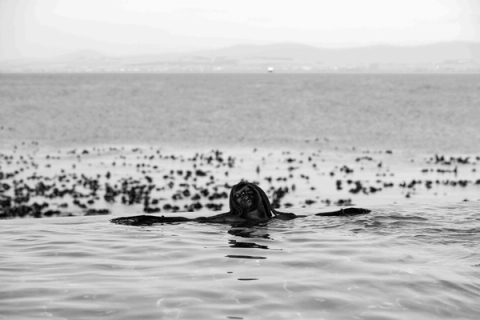
Zanele Muholi
Manzi II, Waterfront, Cape Town, 2022Baryta print | Wallpaper
Variable - please enquire
Edition of 8, 2AP
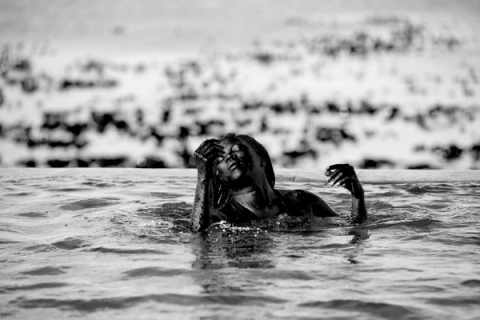
Zanele Muholi
Manzi III, Waterfront, Cape Town, 2022Baryta print
Image and paper size: 23.6 x 35.4 in. | 60 x 90 cm
Edition of 8, 2AP
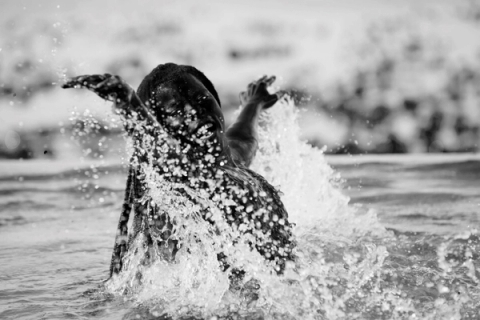
Zanele Muholi
Manzi IV, Waterfront, Cape Town, 2022Baryta print
Image and paper size: 23.6 x 35.4 in. | 60 x 90 cm
Edition of 8, 2AP

Zanele Muholi
Manzi V, Waterfront, Cape Town, 2022Baryta print
Image and paper size: 23.6 x 35.4 in. | 60 x 90 cm
Edition of 8, 2AP
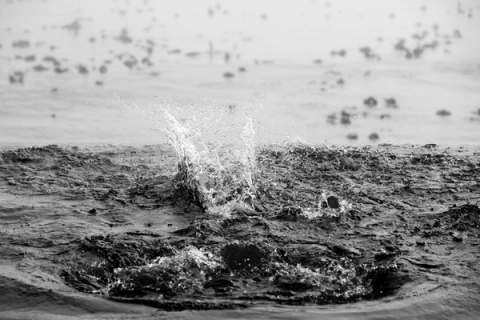
Zanele Muholi
Manzi VI, Waterfront, Cape Town, 2022Baryta print
Image and paper size: 23.6 x 35.4 in. | 60 x 90 cm
Edition of 8, 2AP
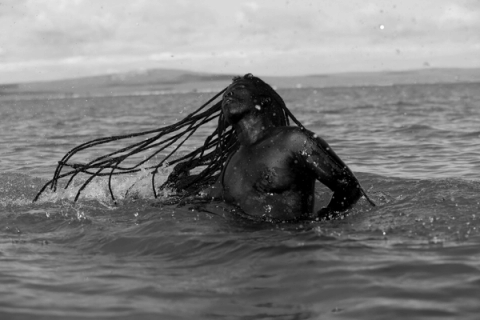
Zanele Muholi
Manzi VII, Kraaibaai, Western Cape, 2021Baryta print
Image and paper size: 23.6 x 35.4 in. | 60 x 90 cm
Edition of 8, 2AP

Zanele Muholi
Massa and Minah VI, Brazil, 2010Baryta print
Image size: 19.5 x 13.1 in. | 49.5 x 33.3 cm -- Paper size: 23.6 x 13.5 in. | 50 x 34.4 cm
Edition of 8, 2AP
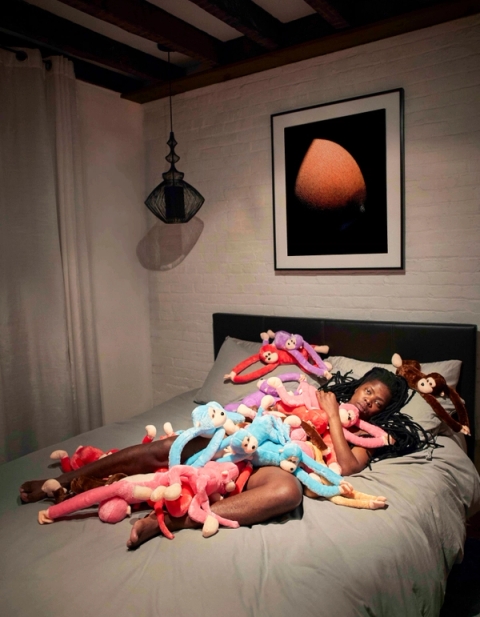
Zanele Muholi
Nkamisa, Brooklyn, New York, 2019Baryta print
Image and paper size: 35.4 x 27.6 in. | 90 x 70 cm
Edition of 8, 2AP
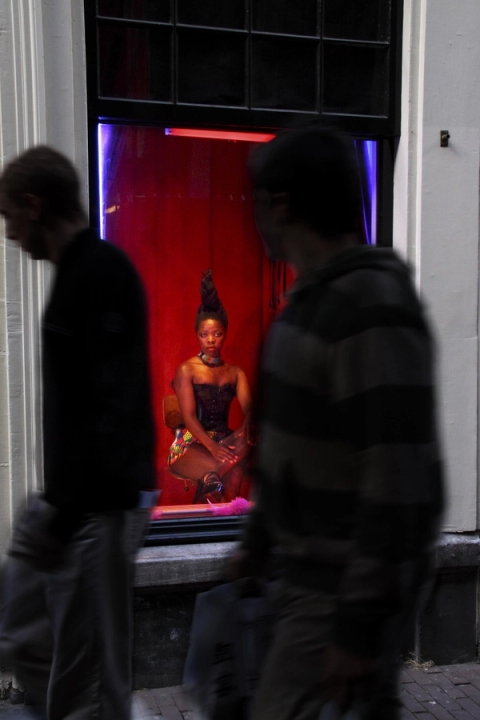
Zanele Muholi
Being (T)here, Amsterdam I (Revised), 2009 - 2023Lightbox
41.4 x 27.5 in. | 107 x 72 cm
Edition of 8, 2AP

Zanele Muholi
Being (T)here, Amsterdam II (Revised), 2009 - 2023Lightbox
41.4 x 27.5 in. | 107 x 72 cm
Edition of 8, 2AP
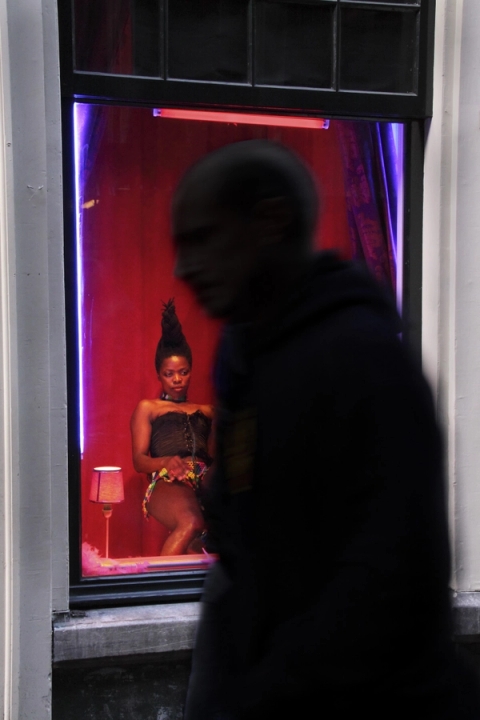
Zanele Muholi
Being (T)here, Amsterdam III (Revised), 2009 - 2023Lightbox
41.4 x 27.5 in. | 107 x 72 cm
Edition of 8, 2AP
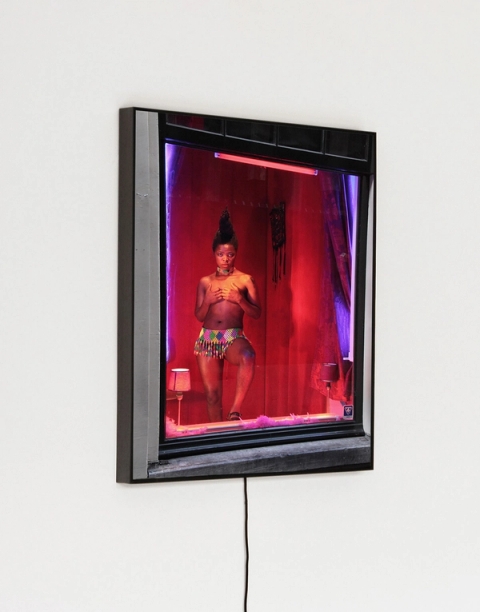
Zanele Muholi
Being (T)here, Amsterdam IV (Revised), 2009 - 2023Lightbox
42.13 x 28.38 x 3.5 in. | 107 x 72 x 9 cm
Edition of 8, 2AP
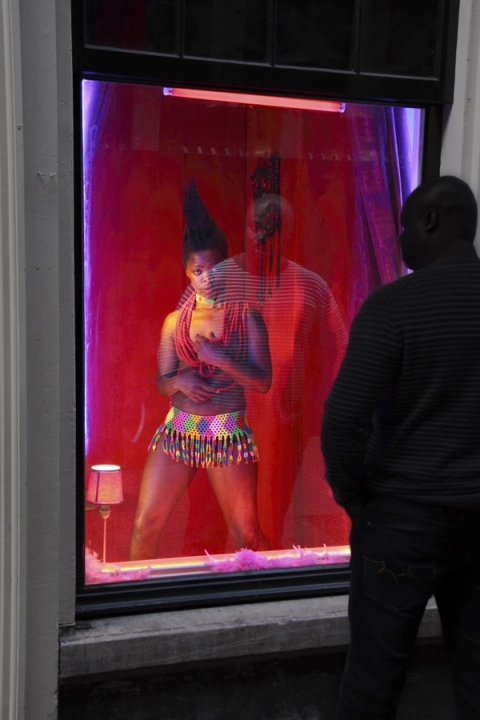
Zanele Muholi
Being (T)here, Amsterdam V (Revised), 2009 - 2023Lightbox
41.4 x 27.5 in. | 107 x 72 cm
Edition of 8, 2AP








